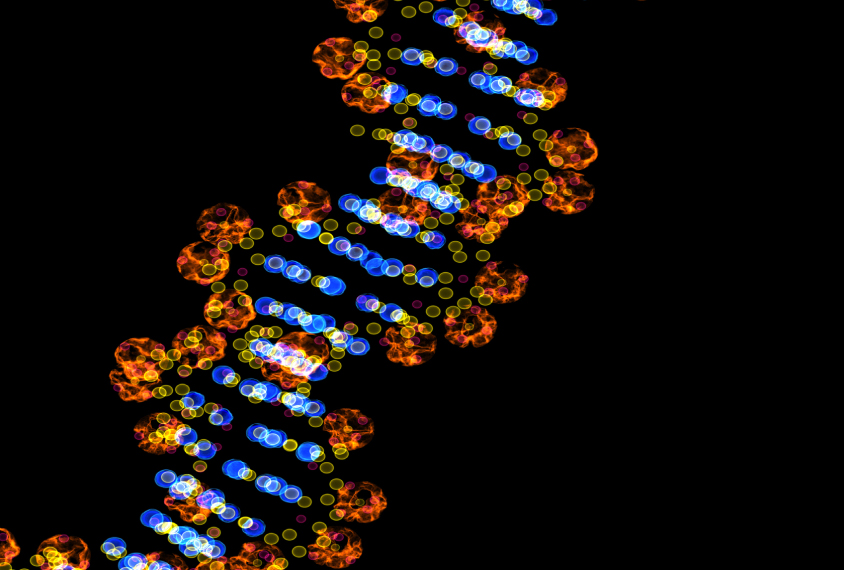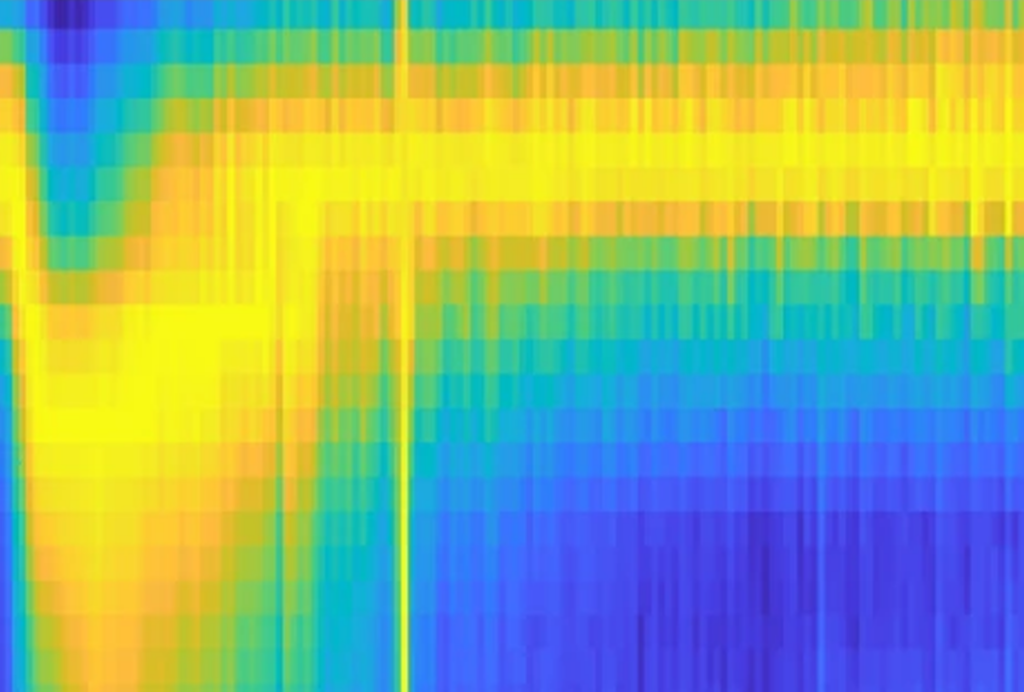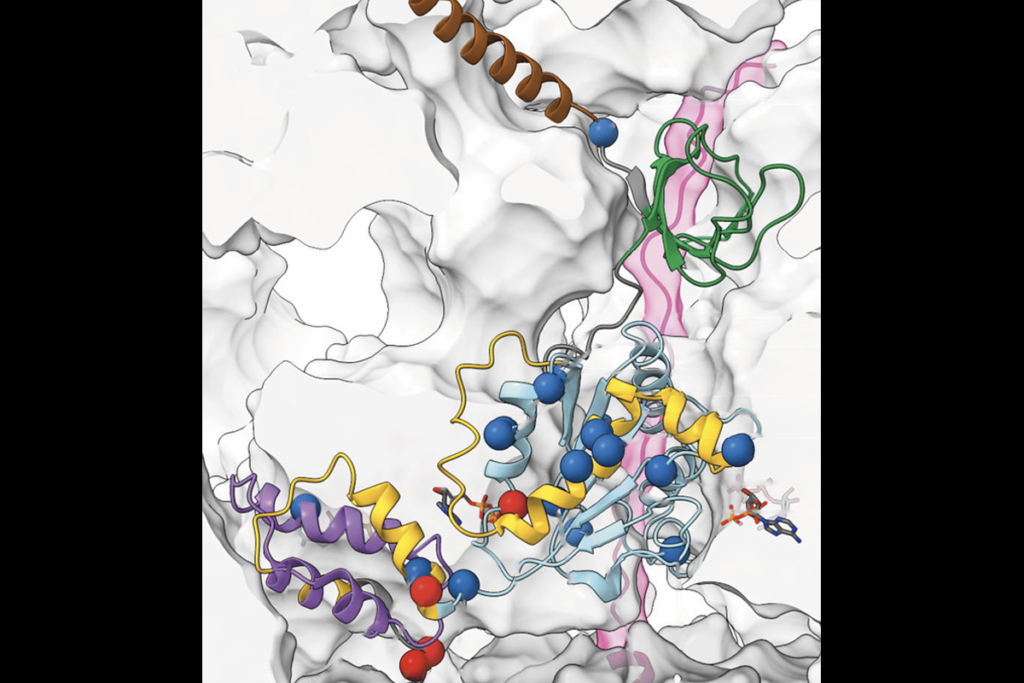
Enigmatic chemical tag is altered in autism brains
An understudied chemical modification that influences gene expression is abundant in the brains of people with autism.
An understudied chemical modification that influences gene expression is abundant in the brains of people with autism, according to a new study1. The results are too preliminary to be conclusive, but they point to new avenues of study, experts say.
The modification, or tag, is a methyl group that attaches to the DNA base cytosine. The most-studied form of DNA methylation, called CpG methylation, targets cytosines that are followed by another base, guanine. Some researchers have found atypical patterns of CpG methylation in autism brains.
The new study focuses on ‘nonCpG’ methylation, in which a methyl group sticks to cytosines followed by a DNA base other than guanine. This type of methylation is found almost exclusively in the brain.
“This opens up new avenues of research that perhaps we haven’t considered carefully before,” says lead researcher Dan Arking, associate professor of genetic medicine at Johns Hopkins University in Baltimore, Maryland.
In particular, efforts to study the role of DNA modifications in autism might center on this class of chemical modification, says Hongjun Song, professor of neurology and neuroscience at Johns Hopkins, who was not involved in this study. “There’s a lot more cytosines to look at in terms of methylation,” Song says, rather than just those followed by a guanine.
The study, which appeared 17 February in Molecular Autism, is the largest of its kind. Researchers presented preliminary results from the work at the 2016 International Meeting for Autism Research in Baltimore.
Uniquely human:
A body of work implicates methyl groups in autism. Many genes linked to autism reside in regions of the genome with a high density of these tags. And postmortem brain tissue from people with autism has revealed unusually high expression of a gene that helps to remove methyl tags.
Most of these studies focus on CpG sites. In the new study, the researchers used an inexpensive method that enables detection of methyl groups on cytosines next to any DNA base. The method is limited to 1 percent of the genome, however — the parts known to have a high density of CpGs.
The researchers found that brain tissue from 29 people with autism has double the number of tagged nonCpG sites as tissue from 34 controls. These sites do not fall within autism genes, but cluster in regulatory regions of the genome.
Some of the excess nonCpG groups fall in so-called ‘beacons’ — regions of the genome that are rich in CpG sites and are present only in people (not in other primates). These regions are thought to underlie traits that are uniquely human.
NonCpG methylation also clustered in repetitive regions of the genome, which are similarly thought to distinguish humans from other primates.
“One could imagine that these may be the regions that are more relevant to phenotypes of autism, such as language deficits,” Arking says.
The researchers also saw excess methylation in certain histones — proteins that package DNA. Histone methylation can make DNA harder to access, suppressing gene expression.
Dynamic tags:
It’s unclear what the findings mean for autism research. There is some evidence that nonCpG methylation lowers gene expression, but no one has directly tested this effect, says Eran Mukamel, assistant professor of cognitive science at University of California, San Diego, who was not involved in the study.
“What role, if any, it plays in regulating gene expression, we just don’t know yet,” Mukamel says.
This type of DNA modification is found almost exclusively in neurons, and occurs during a period of development relevant to autism, however.
In a 2013 study, Mukamel and his colleagues found that the pattern of methyl groups in the DNA of neurons changes across the lifespan2. Unlike CpG methylation, which occurs in the embryo, nonCpG methylation begins around birth and increases rapidly during the first two years of life, when neurons are forming their connections.
“The timing of the nonCpG accumulation is intriguing,” Mukamel says. “It’s the time window when symptoms of neurodevelopmental disorders like autism start to emerge.”
The tissue examined in the study covered a wide age range: 2 to 68 years. Because the density of nonCpG methyl groups changes during development, a difference in methylation among adults would be more convincing, Mukamel says. What’s more, the methylation levels within the autism and control groups vary greatly, weakening the statistical strength of the findings.
Arking and his team are working to confirm their results in additional brain-tissue samples. They are also investigating whether the altered patterns of methyl groups at nonCpG sites contribute to autism or stem from it.
References:
Recommended reading

Among brain changes studied in autism, spotlight shifts to subcortex
Home makeover helps rats better express themselves: Q&A with Raven Hickson and Peter Kind
Explore more from The Transmitter

Frameshift: Shari Wiseman reflects on her pivot from science to publishing

How basic neuroscience has paved the path to new drugs

